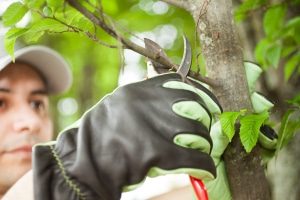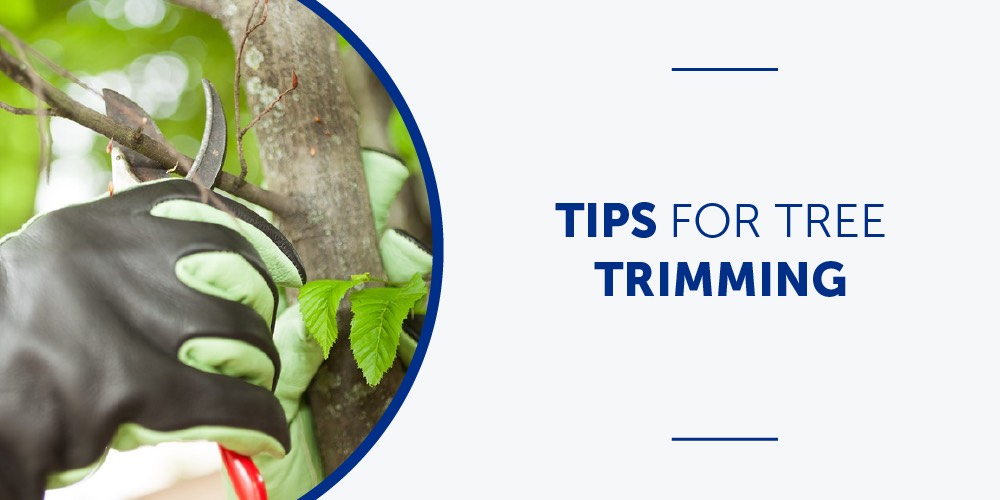 When it comes to tree trimming, they are typically trimmed for one of three reasons: safety, the health of the tree, and aesthetic reasons, i.e. to enhance flowering. When to trim the tree comes down to a number of factors. The rule of thumb is not to trim in fall because the spores from decay fungi grow like wildfire at this time of year. However, fall is the best time of year to plant a tree.
When it comes to tree trimming, they are typically trimmed for one of three reasons: safety, the health of the tree, and aesthetic reasons, i.e. to enhance flowering. When to trim the tree comes down to a number of factors. The rule of thumb is not to trim in fall because the spores from decay fungi grow like wildfire at this time of year. However, fall is the best time of year to plant a tree.
Here are our top tips for tree trimming:
- Trim in dormant season: Pruning in winter is common practice. The only exception is when a hazard exists; that’s where the safety factor comes into play. Trees that bloom in mid to late summer should be trimmed in winter or the beginning of spring. For trees that flower in spring, prune when their flowers fade.
- Consider the size of the branch: If the branch is less than 2 inches in diameter, you can go ahead and trim it back. But if it’s between 2 inches and 4 inches in diameter, you probably shouldn’t cut it back. If the diameter is greater than 4 inches, you should leave it unless there is a good reason for trimming. It’s better to prune away branches when they are young, as they are much easier to manage and the risk of leaving nasty scars is less likely.
- V-shaped over U-shaped: Focus on trimming weak, V-shaped branches and maintain the stronger U-shaped branches.
- Avoid trimming too close or too long: Never remove the branch collar or leave a large stump.
- Keep the ratio right: Once you are done trimming, the ratio of living crown to tree should be two-thirds. If you need to trim farther, you should keep lateral branches spaced evenly, trim branches that cut off others, and never trim more than one-fourth of a living crown at one time. If you remove too many branches near the lower half, it can prevent the tree from growing a strong and healthy stem.
Following our top tips for tree trimming will help keep your yard well maintained, but to truly maintain a healthy environment where your trees can flourish, you should also consider weed and pest control. You can learn more about our products and yard equipment here.

